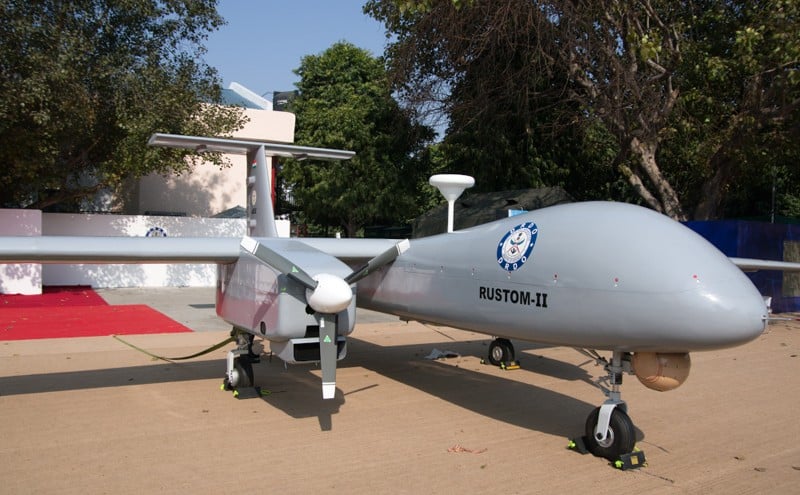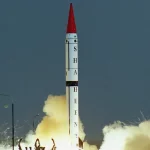In a decisive move to strengthen its strategic surveillance and intelligence infrastructure, the Indian Air Force (IAF) has issued a request for information (RFI) for the procurement of three High-Altitude Platform System (HAPS) aircraft. These high-endurance unmanned aerial vehicles (UAVs), known for operating in the stratosphere between 20 and 50 kilometers altitude, are expected to provide persistent Intelligence, Surveillance, and Reconnaissance (ISR) capabilities over sensitive border regions.
Designed to act as “pseudo-satellites,” HAPS platforms can remain airborne for extended periods—ranging from days to potentially weeks—powered primarily by solar energy. The IAF has specified a minimum endurance of 48 hours and a data link range of 150 kilometers in line-of-sight conditions. Once acquired, these systems will be integrated with the Integrated Air Command and Control System (IACCS), thereby linking sensors, air defense assets, and command nodes for a seamless response capability.
The move comes amid increased strategic pressure along the Line of Actual Control (LAC) with China and the Line of Control (LoC) with Pakistan, where real-time intelligence is vital for national security. The ability of HAPS to loiter over remote, mountainous terrain at altitudes far above commercial aviation paths makes them ideal for India’s unique geographic and geopolitical challenges.
Unlike conventional satellites, which are costly and limited by fixed orbits, HAPS are flexible, cost-effective, and suitable for launch-on-demand missions. They also serve as communication relays, enhancing the IAF’s coordination between unmanned systems and ground control stations. The RFI deadline for vendors to respond is June 20, 2025.
This development is part of the IAF’s broader strategy to modernize its ISR infrastructure. Alongside HAPS, India is also exploring the deployment of small, responsive satellites to create a layered surveillance network. Defense analysts see these steps as crucial for maintaining real-time situational awareness and rapid military responsiveness in the face of evolving regional threats.
Globally, countries such as France and the UK have invested in similar technologies. Airbus’s Zephyr drone and Thales Alenia Space’s Stratobus airship are among the leading HAPS systems under development. India’s foray into this domain signals its growing emphasis on indigenous defense capabilities and technological self-reliance.
As the region witnesses an arms and surveillance race driven by advanced technology, the IAF’s interest in HAPS could mark a significant leap in India’s ability to secure its borders and safeguard national interests.













